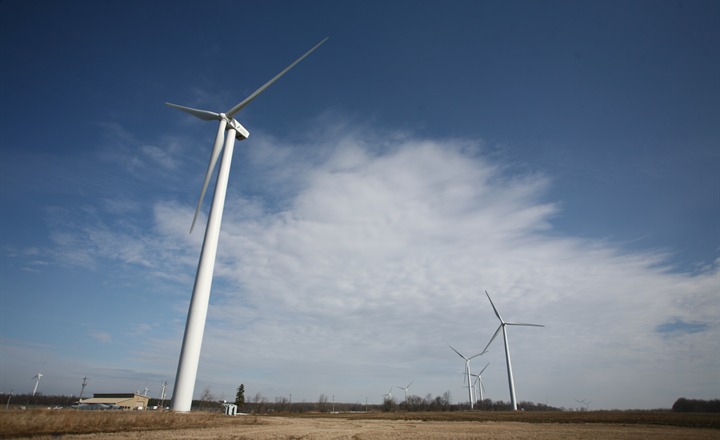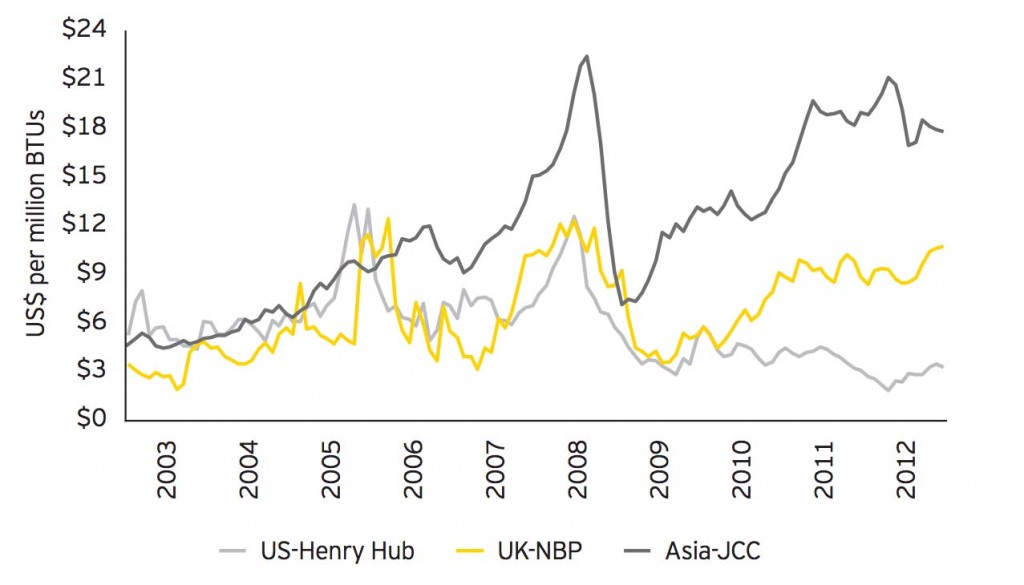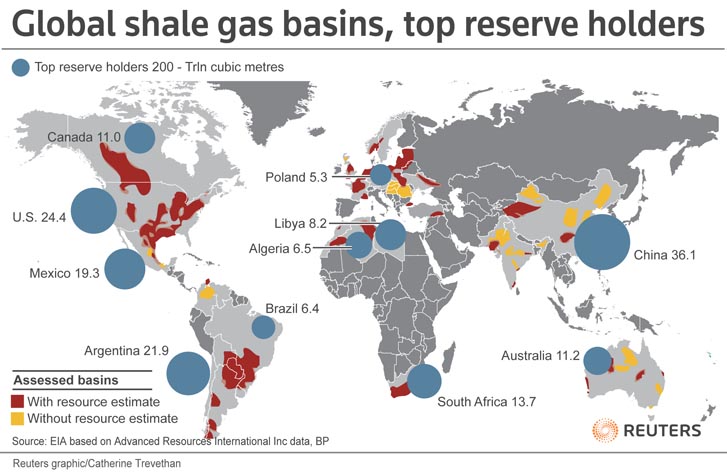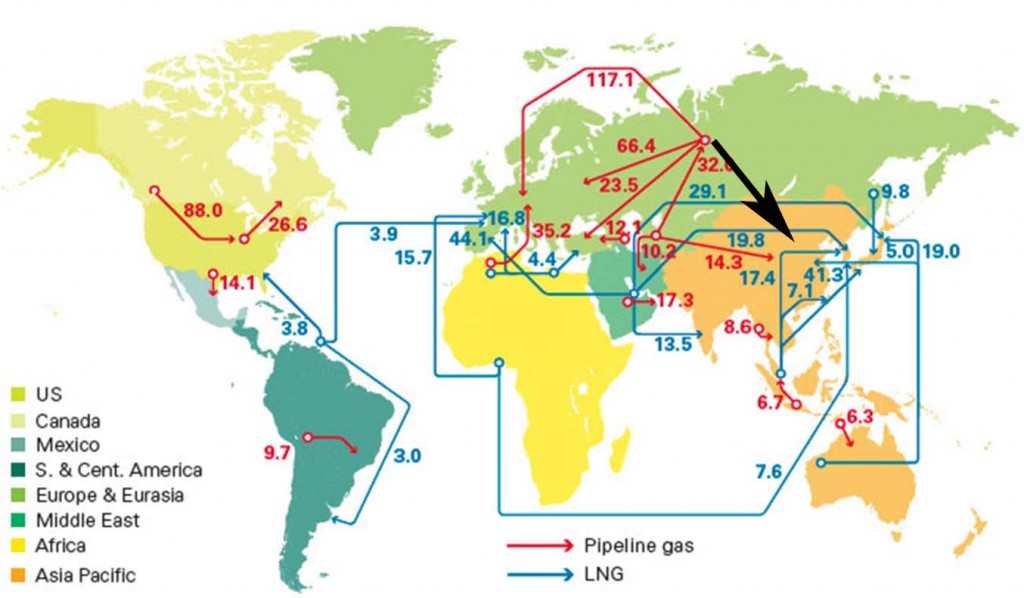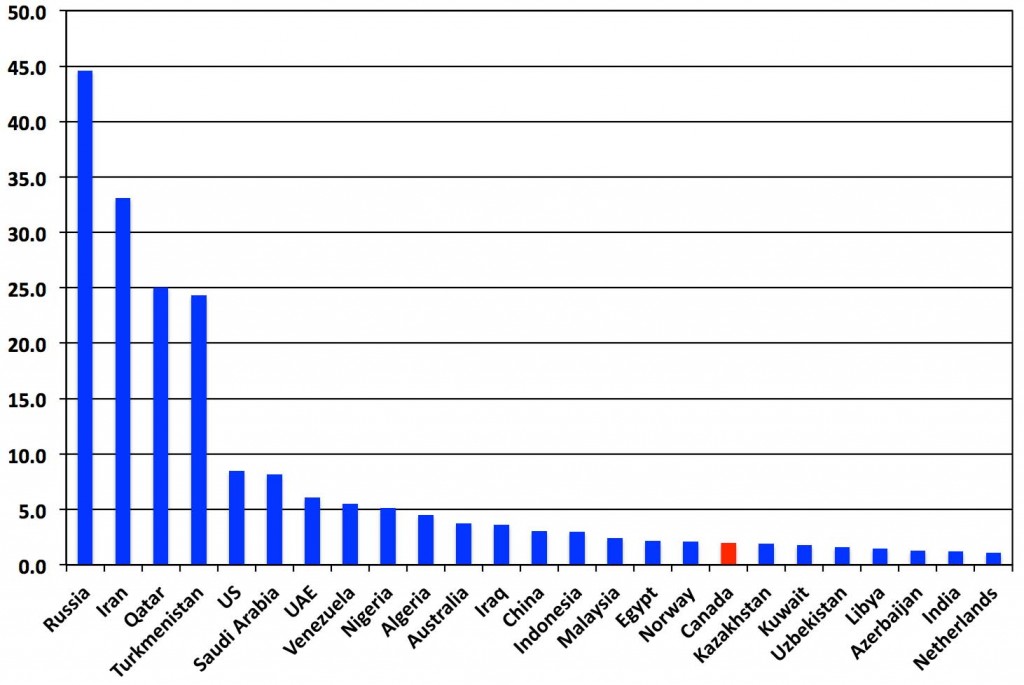Energy and Mines
Living the Pipe Dream: Basing BC’s Economy on Bubble Economics
It’s a daily occurrence these days. The BC Liberals tout the future prosperity of British Columbia as lying in the export of liquefied natural gas (LNG) to Asia. The NDP, in their characteristic fashion, quietly agree and let the Liberals take the heat on the economic projections.
The overvaluation of global oil, gas and coal reserves has led to recent warnings from reputable financial experts and organizations that a new financial risk could impact markets, corporate and government revenues as early as 2015 (see for example the recent article in The Guardian and this video).
There is no mention in either the BC Liberal or NDP platforms or policies of this systemic risk to the economy of British Columbia. They continue to pursue budget and spending projections almost solely based on resource revenue. Addressing this risk requires all parties to be forthright and publicly recognize that it exists. It will further require all parties to work together to achieve solutions that ensure a prosperous future for all British Columbians.
So what is all the fuss really about? Figure 1 shows the trend in the spot gas price in the United Kingdom, United Sates and Asia since 2003. The dramatic increase in the strength of the Chinese economy, coupled with the glut of natural gas in the North American market (due to widespread use of relatively modern horizontal fracking technology) has led to an equally dramatic spread in the spot price of natural gas between Asia and North America.
Figure 1: Trends in the spot price of natural gas in the US, UK and Asia in US$ per million BTUs (British Thermal Units). Source: Ernst & Young Report: Global LNG. Will new demand and new supp mean new pricing?
The argument is initially compelling. In British Columbia we have extensive natural gas reserves in the northeast sector of our province. If we can ship this gas to Asia, we stand to make a lot of money. But as you might expect, it’s not that simple. Let’s take a look at the facts:
Fact 1: China has more than three times the reserves of shale gas as contained in all of Canada (Figure 2)
Fact 2: The US has more than twice the shale gas reserves as Canada (Figure 2)
Figure 2: Global shale gas reserves for countries assessed (light grey) in trillions of cubic metres. Dark grey regions were not assessed. Source: Forbes.com: China closer to joining shale gas fracking craze.
Fact 3: Australia is already shipping LNG to Asia and has similar reserves to all of Canada combined (Figures 2 and 3).
Fact 4: Russia is currently not shipping significant quantities of natural gas to China (Figure 3).
Fact 5: The United States presently imports LNG and so has terminals already built on its coast (Figure 3).
Fact 6: British Columbia does not have LNG terminals on the coast. It will take many quite a few years for them to be built.
Figure 3: Major trade movement of natural gas in 2011. The units are millions of tonnes. Blue indicates LNG; Red indicates pipeline transport. Source: British Petroleum Statistical Review of World Energy 2012.
Fact 7: Russia has more than 20 times the proven natural gas reserves contained in all of Canada (Figure 4).
Fact 8: Canada has only 1% of the world’s proven natural gas reserves (Figure 4; British Petroleum Statistical Review of World Energy 2012).
Fact 9: China has signed long term contracts for natural gas supply with Russia (Source: United Press International). This natural gas would be supplied by traditional pipelines and would not need to be liquefied.
Fact 10: Experts are predicting a major economic crisis due to inflation of energy stock prices and the requirement for much of these resources to stay in the ground (Source: 1: The Guardian; 2:Unburnable carbon 2013: Wasted capital and stranded assets). Others are questioning the economics of BC LNG already (Source: Straight.com, Christy Clark’s dreams about natural gas revenue are starting to look like hot air).
Figure 4: Ranked magnitude of the proven reserves of natural gas in the top twenty countries, Canada is indicated in red. Source of data: British Petroleum Statistical Review of World Energy 2012.
It is simply a pipe dream to believe that by the end of this decade, the same natural gas price differential will exist between North America and Asia. It is also much cheaper to pipe natural gas directly from Russia to China than it is to liquefy it and ship it from North America. And as we have seen above, there is much, much more natural gas located in Russia. British Columbians deserve better.
In 2001, KPMG released its Cleantech Report Card for British Columbia. In it they identified 202 cleantech organizations in British Columbia whose revenues had increased 57% from $1.6 billion in 2008 to $2.5 billion in 2011. They noted that the industry was estimated to employ 8,400 people in 2011 with an average salary of $77,000. In their summary, KMPG state:
“while still young, the BC cleantech sector shows tremendous opportunity for growth. It’s a sector worth encouraging and promoting globally. It creates high-paying jobs and investment opportunities for British Columbians’, it’s export-oriented, and it’s helping to improve the sustainability of the planet.”
Just a few weeks ago, the LA times noted that in the United States, Green Jobs Grow Four Times Faster than Others. That is, there was a 4.9% increase in green jobs in the US from 2010 to 2011, compared to only 1.2% for all jobs. In total, there are 3.4 million green energy jobs in the US and 2.6% of all jobs are now in the green sector. They also pointed out that there was a 42% increase in clean energy business and development investment from 2010 to 2011 with the total now being $48 billion.
Let’s work together to ensure BC implements energy policy that manages the transition to a low carbon economy and guarantees British Columbians a prosperous future for generations to come. And positioning our province to become global exporters of new clean technology instead dirty fossil resources of is something all British Columbians would be proud of.
A Cleaner Path Towards Economic Prosperity for All British Columbians
An issue that I raised during the election campaign, and continue to bring up after getting elected, is the need to ensure BC implements energy policy that manages the transition to a low carbon economy and guarantees British Columbians a prosperous future for generations to come. I am deeply concerned that both provincial parties have developed platforms based on a future economy driven by the expansion of fracking and natural gas extraction in northeastern BC and the export of liquified natural gas to China. Both of these platforms fail the triple bottom line test of economic, social and environmental sustainability.
 New technologies available around the world have meant that unconventional natural gas reserves are becoming easier to bring on line. The consequence is falling natural gas prices as there is a growing glut in the market. In fact, the US Department on Energy notes that China possesses the world’s largest recoverable shale gas resources, more than three times that contained in all of Canada. Even the US has more than twice the shale gas resource than Canada.
New technologies available around the world have meant that unconventional natural gas reserves are becoming easier to bring on line. The consequence is falling natural gas prices as there is a growing glut in the market. In fact, the US Department on Energy notes that China possesses the world’s largest recoverable shale gas resources, more than three times that contained in all of Canada. Even the US has more than twice the shale gas resource than Canada.
The NDP and Liberal position that their platform will create jobs is also short sighted. Very few long-term jobs will be created; the rest are short-term construction jobs that will need to be filled rapidly and likely by transient offshore or out-of-province workers. In fact, there are four times as many jobs in the film industry as in the oil, gas and mining sectors combined. An alternate approach might be to recognize that our existing natural gas resources have potential within the transportation sector as a transitional fuel. The potential for economic and job growth in this sector is large.
Under the previous BC administration, BC developed a leadership role in renewable energy technologies and the clean tech sector in general. Rather than supporting the growth in these industries, our current political parties are putting forward platforms that will make it harder and harder for these industries to compete. If BC cannot show leadership in this area, I don’t know who can. Without strong, independent voices in our legislature, I fear all the good work that has been achieved over the last few years will fall by the wayside.
I have been a strong supporter of Independent Power Producers (IPPs) playing a significant and growing role in BC’s electricity sector. I commend Gordon Campbell for showing leadership by engaging IPPs in producing an increasing share of BCs electricity market. It appears that this leadership is disappearing with the focus on northeastern BC’s natural gas and the weakening of the Clean Energy Act.
It is difficult for the clean tech sector to strategically invest in BC if there is no certainty in the procurement or regulatory process. This is particularly important as we move forward with the potential electrification of a growing fraction of the transportation sector. It is clear to me that industry understands the potential in BC for the clean tech sector. But industry needs to know that government also understands the potential for this sector.
BC Hydro’s lack of transparency and regularity in issuing calls for power is also of concern. A process needs to be established to allow local communities to have input into the type and scale of power projects that they would like to see developed. Engaging local communities with industry early in the process can establish a sense of local ownership and buy-in.
I believe BC needs to move forward as a renewable energy powerhouse in the North American market. In fact, I would like to see the Clean Energy Act amended to require that 100% of our electricity be produced by renewables and to increase the amount of power that BC exports. As we move towards the electrification of larger components of the transportation fleet and emissions pricing becomes a reality in a growing number of places (including California now with their cap and trade system), it is pretty clear to me that there will be increasing demand for renewables in the future. With strategic planning, BC can be a major supplier of this “green” energy.
BC is blessed with some very large capacitors (hydro dams) that could be better utilized in the years ahead. There is no reason why we cannot start to implement a smart grid system that is integrated across BC and into wider North American markets. With smart planning, large capacitors would play a major role in terms of load levelling (and water can even be pumped back up hill if there is excess winds, for example).
Large crown corporations with their burgeoning administrations and slow and opaque process of decision making are not known for their innovation and risk-taking. BC Hydro, in its current form may not be equipped to play the visionary role they need to perform. I think the role of government is to set the regulatory environment (i.e. Clean Energy Act, emissions pricing etc) and to provide a long-term vision for BC’s energy future. As a Crown Corporation, BC Hydro could become the visionary planning, advisory and contracting body that guides BC to become the energy powerhouse that it needs to be. With predictability and a plan, industry will find the solutions.
The Green Party of BC is unique in that it does not whip its members. I have made it clear that I will be moving forward with a campaign to promote renewable energy and clean tech on the provincial scene. That is why I spent the last months talking with a number of people within the clean tech sector. My approach fits in well with the Green Party platform and recognition of the need to move forward with clean energy production. Obviously I will also address numerous issues local to my constituency but, as Deputy Leader, I will be addressing provincial issues on behalf of the party and will make transitioning to renewable energy an important provincial imperative

